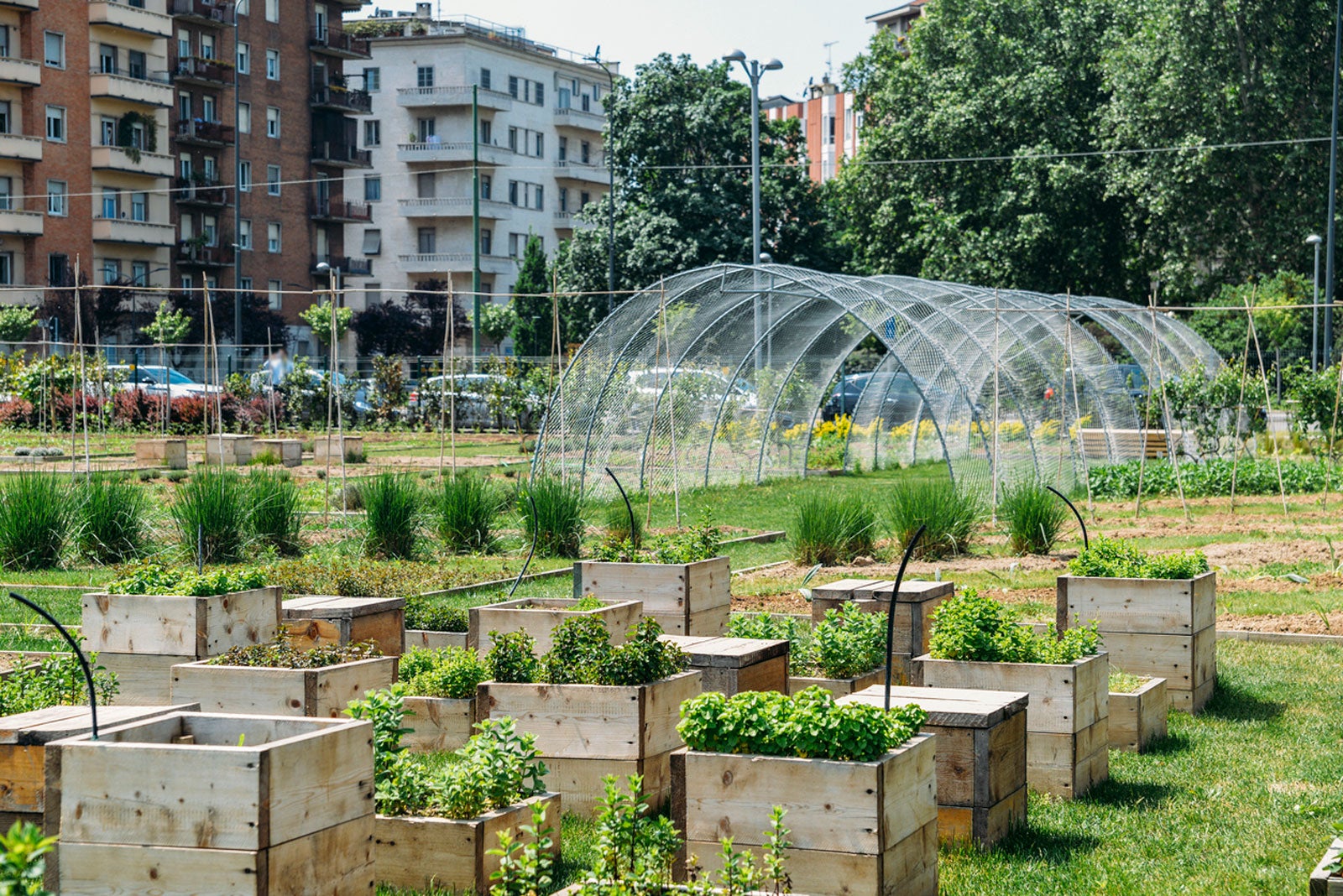Some Known Details About City Blooming
Some Known Details About City Blooming
Blog Article
City Blooming for Beginners
Table of ContentsGetting The City Blooming To WorkNot known Facts About City BloomingThe Best Strategy To Use For City BloomingCity Blooming Can Be Fun For EveryoneCity Blooming Things To Know Before You Buy
Intrigued in growing food offer for sale in the City of Chicago? Thinking of starting a neighborhood garden? Modifications to the Chicago Zoning Ordinance allow farming usages like neighborhood gardens and city farms in several components of the city. Below is a listing of regularly asked concerns regarding the guidelines and laws that cultivators must think about when preparing a metropolitan agriculture project.
The zoning modification does not change any various other codes managing composting, structure permits, acquiring or renting City owned property, service licenses or environmental contamination. There are existing codes that manage these concerns and they stay in full result and may be applicable to your task. Neighborhood yards are commonly had or taken care of by public entities, civic organizations or community-based organizations and preserved by volunteers.
Urban farms grow food that is meant to be offered, either on a nonprofit or for-profit basis. Due to their commercial purpose, city ranches need an organization permit. Yes. A neighborhood yard is permitted to offer surplus produce that was grown on website if the sales are accessory or subordinate to the garden's primary purpose defined above.
Some Known Facts About City Blooming.
Composting is permitted but only for plant product that is created and made use of on website. The quantity of garden compost product can not exceed 25 cubic lawns at any offered time according to the criteria in 7-28-715 of the City's Municipal Code. Yes. Due to the fact that the dirt at most new yard websites requires changing, garden compost, soil, timber chips, or various other materials can be obtained to build or improve the expanding space - landscaping.

If a structure authorization is called for after that the hoophouse will be considered an accessory building. You can find out more concerning the structure permit needs by speaking to the Division of Buildings. The 25,000-square-foot dimension restriction is planned to protect against a single neighborhood yard from dominating a given block or diminishing the block's existing property or business personality.
The restriction does not use to yards situated in Public Open Room (POS) districts. Can there be more than one area yard that is 25,000 square feet on a solitary block? Secure fencing is not called for, nevertheless, gardens that have huge auto parking locations might be required to mount fencing or other landscape design functions.
The Best Strategy To Use For City Blooming
B1 & B2 areas need that all business usage activities be performed inside. R areas limit business activity. The policies show the objective and intent of the Zoning Code. Is fence needed for urban ranches? Yes. Fences might be called for, along with landscaping and screening, for sure car parking areas and exterior work or storage space areas depending upon place and the specific activity taking location.
Yes. Urban ranches require webpage building licenses and zoning approvals prior to building and construction. Various other kinds of city review may be needed depending on particular structures, tasks, size, landscaping, licensing, public health and stormwater management issues. A number of these requirements are determined in the project design or allowing procedure, nevertheless, the candidate might be responsible to independently recognize certain licenses or permits that might be required.
The Department of Business Matters and Customer Security can aid determine the particular kind of service license that's required. Off road vehicle parking is needed for most industrial projects in Chicago. The needed number of parking rooms is based on the number of workers functioning on website and not the square footage of the expanding space.
The Of City Blooming

An urban ranch can sell garden compost material generated on site, however, the procedure needs to abide with the laws in 7-28-715 of the Chicago Municipal Code. Aquaponic systems are allowed indoors on city ranches in many zoning areas.
Up to 5 hives or colonies of honey bees may be kept as an accessory usage. Beekeepers need to register with the Illinois Division of Farming. For more info regarding the recommended zoning amendment you may call the Department of Housing and Economic Development, Bureau of Preparation and Zoning at 312.744.8563.
Farming in cities and city locations A metropolitan ranch in Chicago. Urban agriculture describes various practices of cultivating. https://www.ted.com/profiles/47172561, processing, and dispersing food in metropolitan areas. The term likewise puts on the location tasks of animal husbandry, tank farming, beekeeping, and cultivation in an urban context. Urban farming is differentiated from peri-urban farming, which occurs in backwoods beside suburban areas.
Some Known Incorrect Statements About City Blooming
, that seek to create social networks founded on a common principles of nature and neighborhood holism. These networks can establish by method of formal institutional support, becoming integrated right into neighborhood community planning as a "change town" activity for lasting urban advancement.
Some of the first proof of city agriculture comes from Mesopotamia.
Report this page